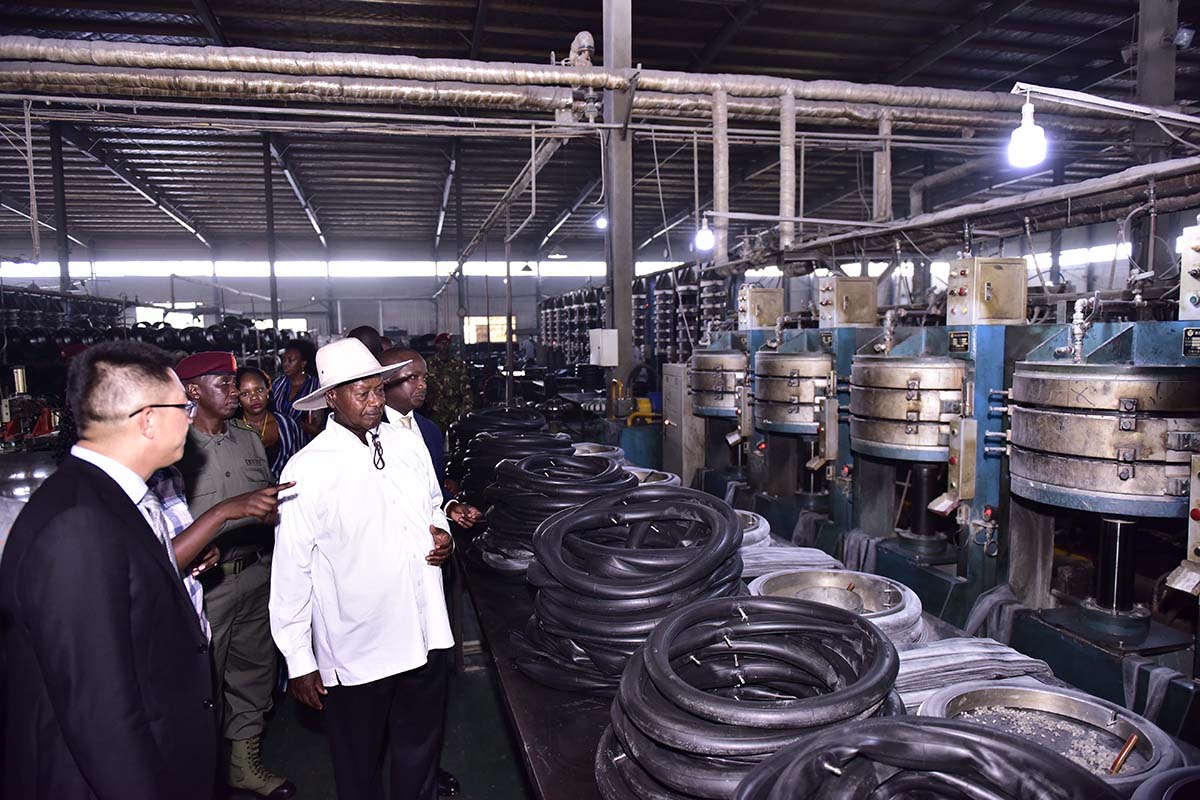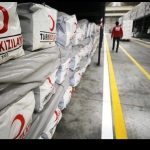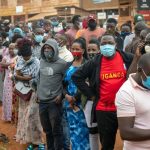KAMPALA (SONNA):Shaban Lugya is among the more than 500 young men and women walking from a textile factory to their low-cost homes near Masese village in Jinja in eastern Uganda.
They have just finished work at 5.30 p.m.
Lugya, 24, said he completed the forum education level last year but his parents did not have money to pay fees for the next level of his education.
“I was told that there are several new factories established in Jinja. I came to Jinja and started looking for jobs, walking from one factory to another. On the fifth attempt, I was taken on as a casual worker by a textile factory,” he told Anadolu Agency.
Like Lugya thousands of people, especially the youth, have moved from villages to Jinja and other towns where the government and private companies have established factories.
“There are over 100 new factories in Jinja. That has led to the population in the city to rise up because each factory employs hundreds of workers,” said area local council chairman Norman Mutasa. “Apart from the new factories, there are also a few factories which have been there for over 30 years.”
He said new factories in the city and other parts of the county are in existence due to the president’s vision of turning Uganda into an industrialized country.
Over 25 industrial parks
At a recent labor day ceremony, President Yoweri Museveni said Uganda is getting industrialized at a fast rate. “We are establishing many factories all over the county as one of the ways of getting jobs for our youth.’’
He said all regions would get industrial parks as one of the means of fighting unemployment and poverty, especially among the youth.
Museveni’s idea for industrializing started immediately after he came to power in 1986. It has now become a reality with more than 25 industrial parks all over the country, each with many factories. He said the industrial parks were also made possible by a deliberate policy to promote liberalization, enabling private investors to invest money where they see opportunities.
He said because of industrialization, the country now can export products to neighboring countries yet in the past it used to import most of what it consumed. “We are also making a case for market integration so that ultimately, these products have an adequate market,” he said.
While addressing parliament on Nov. 18 regarding Industrial Day 2021, Minister of State for Planning David Bahati said: “In 1986, there were only 82 factories in the country but now we have 5,200 factories all over the country.”
Over 2 million new jobs
He said the factories include more than 10 sugar factories, factories making cement, tiles, steel, ceramics, tea, phosphates and many other items. “Now even mobile phones are being assembled here,” he said.
To show its seriousness in supporting those who want to set up factories, the government recently approved a plan to extend power transmission lines to industrial parks as one of the initiatives for investors.
More than 2 million jobs, according to figures from the Bureau of Statistics, have been created since the establishment of industrial parks were launched.
State Minister for Privatization Evelyn Anite hailed Museveni for having a vision for industrializing the country.
“It is only through industrialization that the country can develop. We have put in place industrial parks to provide jobs to unemployed youths,” she said.
One of the parks is located in the eastern city of Mbale, 300 kilometers (186 miles) from the capital of Kampala. One worker, Ahmed Masaba said, “This is a new industrial park. I work in one of the factories in this park which makes electricity cables. I am happy that I have a job.”
Another park located in the Nakaseke district in the central Uganda region accommodates many factories. It hosts diversified industries, including a car assembling plant and others with a total investment of more than $600 million.
While discussing Industrialization Day in parliament, all MPs agreed that the industrialization program is good for the country and more money should be provided to establish more industries.
Source:Aa





